Welcome to the Olympics of Food Marketing (Where There Are No Silver Medals)
In 2025, China's food industry isn't just big—it's the kind of big that makes other "big" industries feel inadequate. We're talking about a market that could swallow several European countries' entire GDPs and still have room for dessert:
- Total Market Value: $1.64 trillion (that's trillion with a T, as in "Too massive to comprehend without causing a mild existential crisis")
- Annual Growth Rate: 7.63% (growing faster than your anxiety as you read these numbers)
- International Exhibitors: 45+ countries (all competing for attention like siblings at a family reunion)
- Total Trade Volume: Estimated $218 billion (roughly equivalent to the GDP of Portugal being traded in dumplings, noodles, and snack foods)
Why These Food Fairs Matter (Or: How to Justify Your Business Trip to Shanghai)
Chinese food fairs aren't just events—they're gladiatorial arenas where international brands battle for market share while pretending to casually exchange business cards. They offer the opportunity to:
- Understand Market Dynamics: Discover why your perfectly successful Western product might be completely irrelevant in China
- Network with Key Decision Makers: Meet the people who can make or break your China strategy in between their 200 other meetings
- Showcase Innovation: Display your groundbreaking product that three Chinese companies have already copied and improved upon
- Forge Critical Business Partnerships: Build relationships that require more maintenance than your most complicated romantic relationship
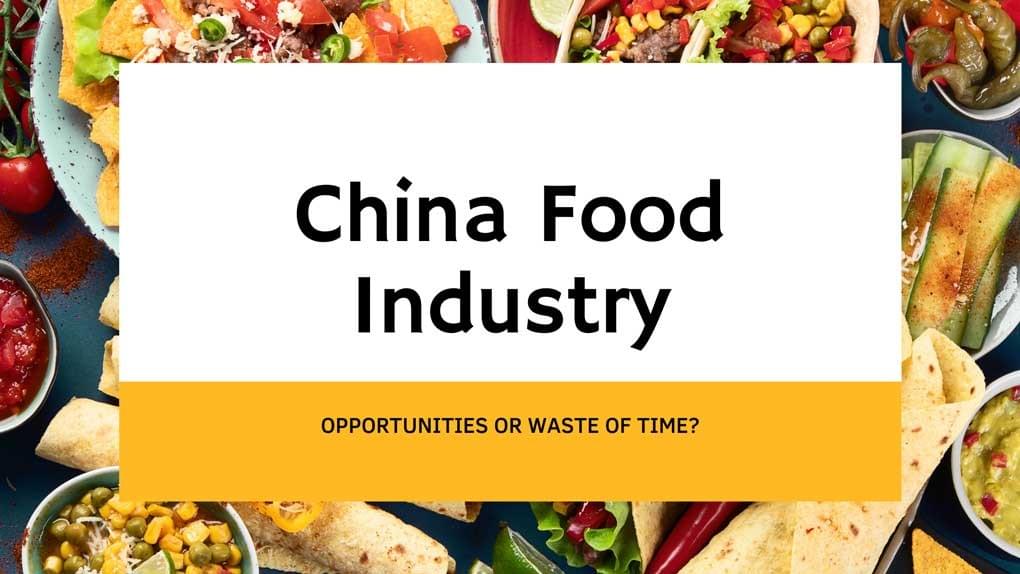
The Magnificent Seven: Food Fairs That Will Make Your Marketing Budget Cry
1. SIAL China (上海国际食品展览会): The Granddaddy of Food Exhibitions
- Location: Shanghai (because where else would it be?)
- Date: May 2025 (perfect weather for sweating through your business attire)
Visitor Profile:
- 100,000+ Professional Attendees (all moving faster than New York commuters)
- 4,500+ Exhibitors (competing for attention like TikTok influencers)
- 80+ Countries Represented (in varying states of cultural confusion)
Key Sectors:
- Food Processing (machines that do things to food you never thought possible)
- Ingredients (chemicals that make things taste like other things)
- Beverage Technology (because drinking plain water is so 2010)
Unique Value:
- Comprehensive international pavilions (where you can experience homesickness while still in China)
- Advanced food technology showcase (making your R&D team question their life choices)
- High-level networking opportunities (prepare your liver for business dinners)
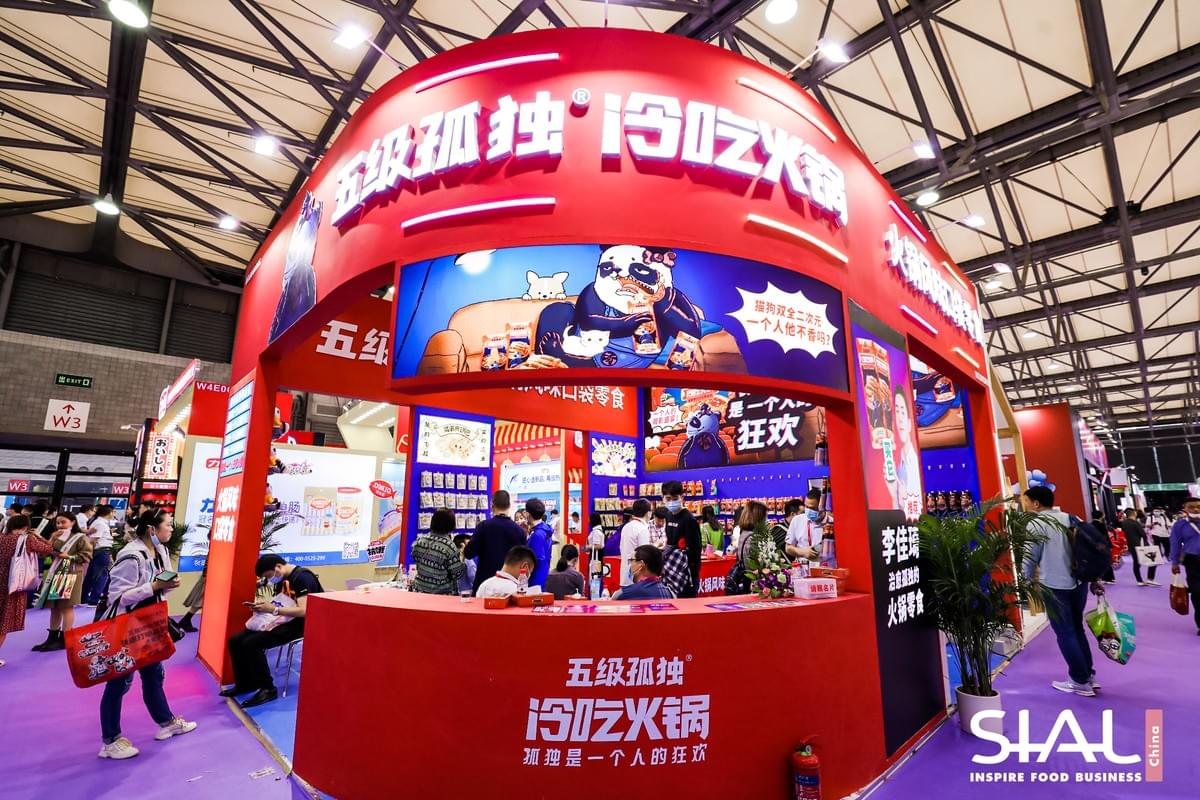
2. FHC China (国际食品和饮料展览会): Where Retail Dreams Are Made or Shattered
- Location: Shanghai (yes, again—just get an apartment there at this point)
- Date: November 2025 (when the air quality matches your mood after a week of networking)
Visitor Profile:
- 85,000+ Trade Professionals (all somehow having met each other before)
- 3,800+ Exhibitors (with booths ranging from "international corporation" to "we started last week")
- Global Representation (some countries you'll need to Google)
Key Sectors:
- Retail Food (packaged in ways that will make your sustainability team have nightmares)
- Hospitality Equipment (including machines that solve problems you didn't know existed)
- Food Service Solutions (for when humans are too expensive or unreliable)
Strategic Highlights:
- Dedicated import food zones (where foreign products go to learn if they're special or not)
- Emerging market trends presentation (spoiler: everything is now plant-based and/or smart-phone integrated)
- Buyer-seller matchmaking programs (corporate speed dating with higher stakes)
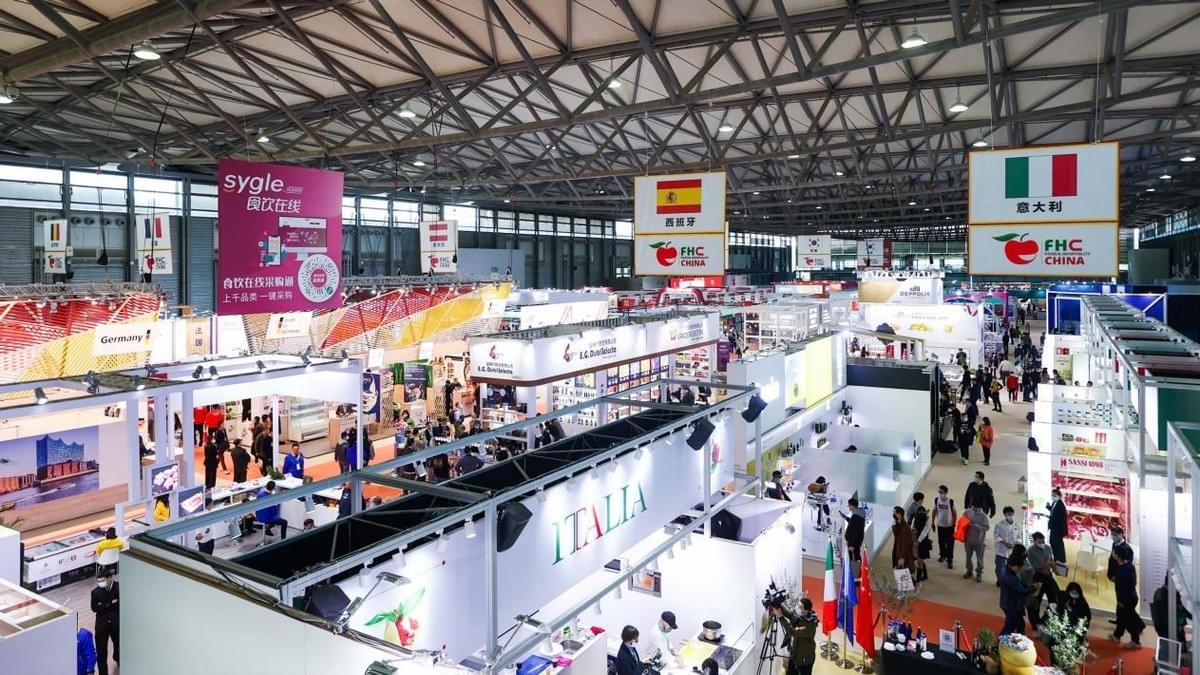
3. ProWine China: For When Your Strategy Involves Alcohol (And When Doesn't It?)
- Location: Shanghai (seriously, just move there)
- Date: November 2025 (conveniently scheduled to destroy your liver right after FHC)
Visitor Profile:
- 35,000+ Wine and Spirits Professionals (who somehow remain professional despite mandatory tasting)
- International Wine Regions Showcase (where French vintners look down on everyone equally)
Unique Features:
- Master Classes (where you pretend to detect hints of leather and forest floor in wine)
- Sommelier Competitions (watching people identify wines blindfolded to make you feel inadequate)
- Emerging Wine Market Insights (discovering that Chinese consumers know more about your country's wine than you do)
Target Audience:
- Importers (who will explain why your award-winning product won't work in China)
- Distributors (who know people who know people)
- Hospitality Professionals (who control whether your product ever reaches human mouths)
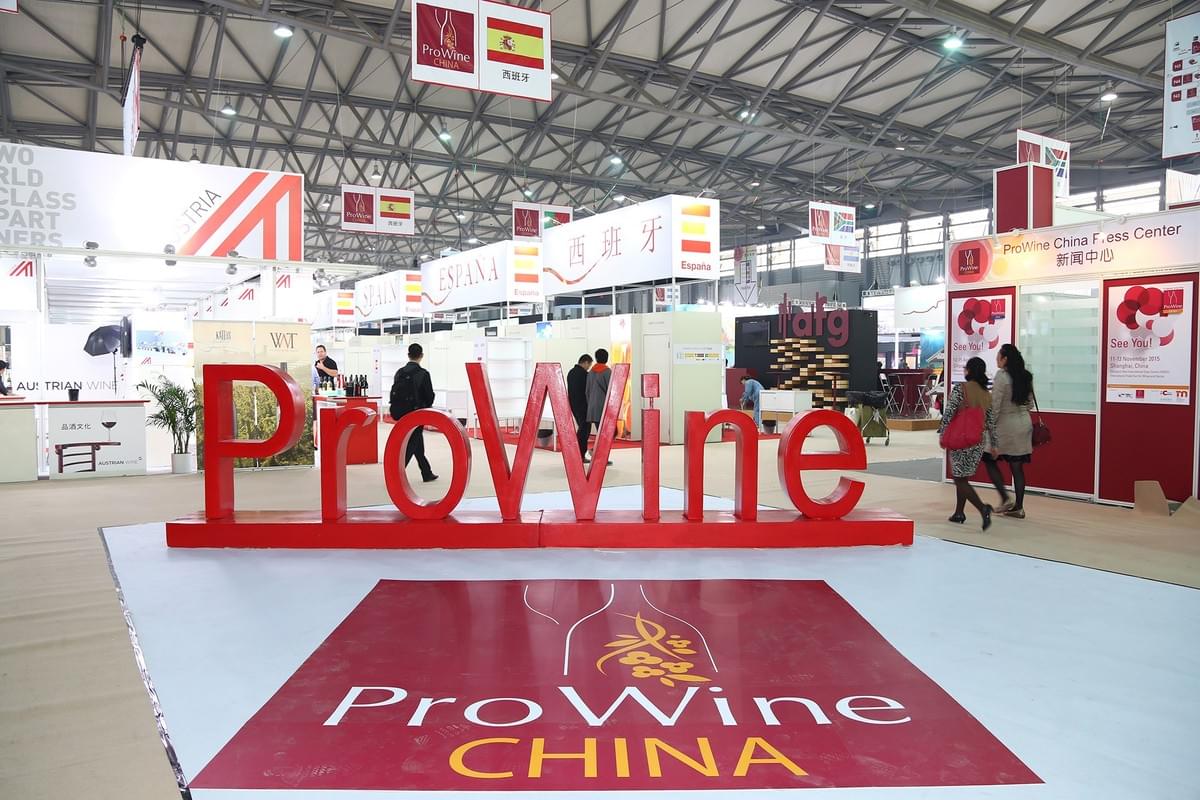
4. CIIE (中国国际进口博览会): The Government's Favorite Child
- Location: Shanghai (of course)
- Date: November 2025 (making it the third major event that month, because why schedule rationally?)
- Government-Backed Mega Event (where "government-backed" means "attendance is strongly encouraged")
Visitor Profile:
- 400,000+ Attendees (moving through exhibition halls with the coordination of a migrating wildebeest herd)
- National and Provincial Buyers (who might be more important than they initially appear)
- International Trade Delegates (wearing better suits than you)
Strategic Importance:
- Direct Government Engagement (yes, that person in the plain suit might control your destiny)
- High-Level Trade Negotiations (happening in VIP rooms you didn't know existed)
- National Import Promotion Platform (where China decides what foreign products it actually wants)

5. Guangzhou International Food Exhibition: For Those Who Realize China Has Other Cities
- Location: Guangzhou (finally, somewhere different!)
- Date: September 2025 (when the humidity makes Seattle look like a desert)
- Regional Powerhouse (and proof that China doesn't begin and end in Shanghai)
Visitor Profile:
- 65,000+ Regional Buyers (who might control more purchasing power than you think)
- Strong Manufacturing Ecosystem (where you'll see how your products could be made faster and cheaper)
Key Strengths:
- Southern China Market Access (because there are several hundred million consumers down south)
- Manufacturing Innovation (machines that will make your production facilities look vintage)
- Regional Procurement Networks (built on relationships older than your company)
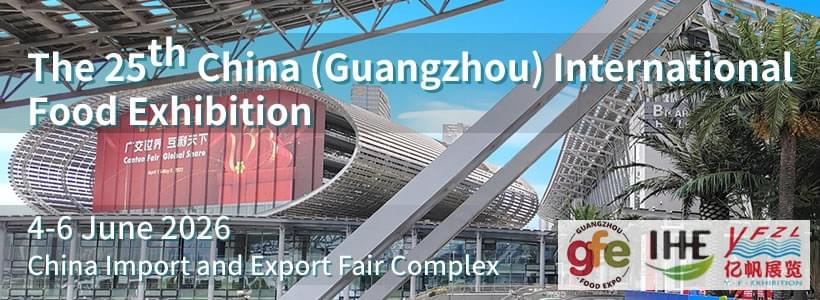
6. Beijing International Food and Beverage Expo: The Political Power Play
- Location: Beijing (where business and politics dance an intricate tango)
- Date: April 2025 (when the weather is perfect and the air quality is... variable)
Visitor Profile:
- 50,000+ Professional Attendees (including government officials pretending to be casual visitors)
- Strong Government and Corporate Presence (spot the difference between the two—trick question, you can't)
Unique Offerings:
- Green Food Innovation (where "sustainable" has meanings you haven't considered)
- Sustainability Pavilions (that might be more about display than practice)
- Technology Integration Showcase (where your "innovative" product suddenly feels obsolete)
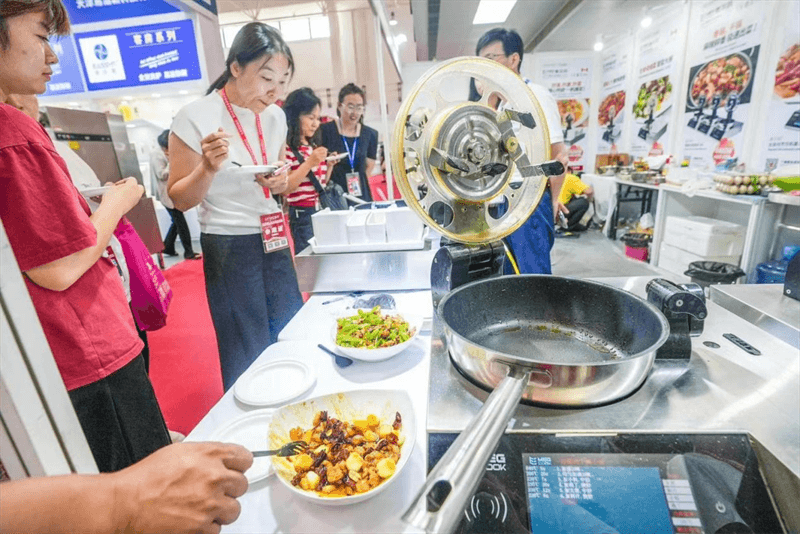
7. China International Import Expo (CIIE) Food Sector: Yes, We Already Listed This, But It's So Important It Gets Two Entries
- Location: Shanghai (you should have bought that apartment when we suggested it)
- Date: November 2025 (making November the month your family forgets what you look like)
- National-Level Strategic Platform (the words "national-level" and "strategic" should tell you everything)
Visitor Profile:
- Government Officials (who won't always identify themselves as such)
- National Procurement Teams (who can make purchasing decisions that affect millions)
- International Trade Delegations (trying to figure out how to get a piece of the Chinese market)
Strategic Significance:
- Direct National Market Entry (bypass some layers of complexity if you're lucky)
- High-Level Trade Discussions (where actual decisions get made)
- Policy Insight Opportunities (read between the lines to see where China is heading)
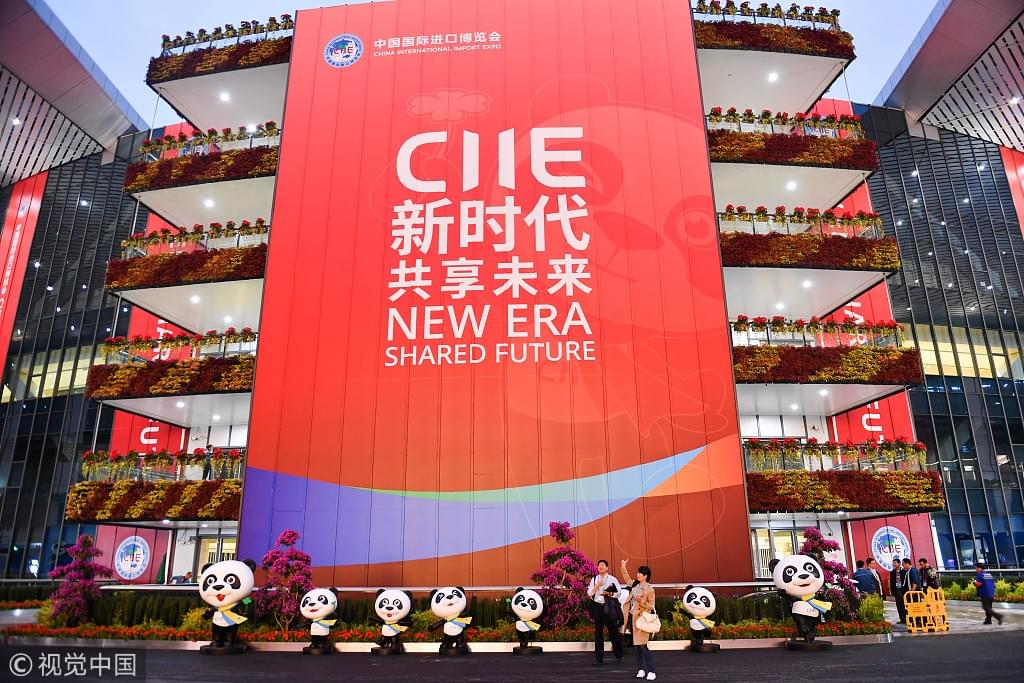
How Not to Fail Spectacularly: Preparation Is Everything
Pre-Fair Strategies (Or: Homework That Actually Matters)
Market Research (Beyond Googling "Do Chinese People Like Cheese?"):
- Understand Regional Preferences (because China has more diversity than most continents)
- Analyze Competitor Positioning (they've been preparing for this while you were reading this guide)
- Develop Localized Pitch (no, you can't just translate your English materials)
Documentation Preparation (Papers That Will Make or Break You):
- Mandarin Marketing Materials (professionally translated, not Google Translated)
- Regulatory Compliance Certificates (more important than your actual product)
- Product Technical Specifications (in Chinese units and standards)
Networking Preparation (The Real Work of Food Fairs):
- Schedule Meetings in Advance (spontaneity is rarely rewarded)
- Prepare Multilingual Presentation (that works without verbal explanation when necessary)
- Cultural Sensitivity Training (because that joke that works in Dallas might be offensive in Dalian)
Booth Design Recommendations (Your Temporary Home):
- Bilingual Signage (with Chinese characters larger than English)
- Interactive Product Demonstrations (because telling isn't as effective as experiencing)
- Cultural Sensitivity in Design (colors and symbols matter more than you think)
- Technology Integration (QR codes aren't optional, they're expected)
What's Actually Selling: Trends That Matter in 2025
Emerging Trends That Will Separate Winners from Losers:
- Sustainability (Chinese-style, which might differ from your understanding)
- Health and Wellness (with both Western and Traditional Chinese Medicine influences)
- Technology Integration (if it can't connect to a phone, does it even exist?)
- Plant-Based Innovations (but adapted for Chinese palates, not Western vegans)
- Personalized Nutrition (combining modern science with ancient Chinese dietary wisdom)
Conclusion: The Long Game of Chinese Food Fairs
Success in Chinese food fairs requires more than a fancy booth and some samples. It demands strategic understanding, cultural intelligence, and the patience of a Buddhist monk stuck in traffic. These events aren't just trade shows—they're concentrated doses of the entire Chinese market experience, complete with its complexities, contradictions, and immense opportunities.
Remember: The most successful international brands view these fairs not as events, but as strategic platforms for long-term market engagement. Or in simpler terms: This isn't speed dating, it's a marriage proposal. Come prepared for commitment.